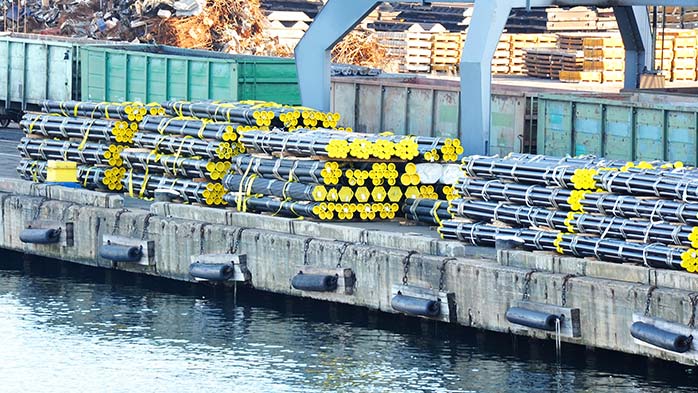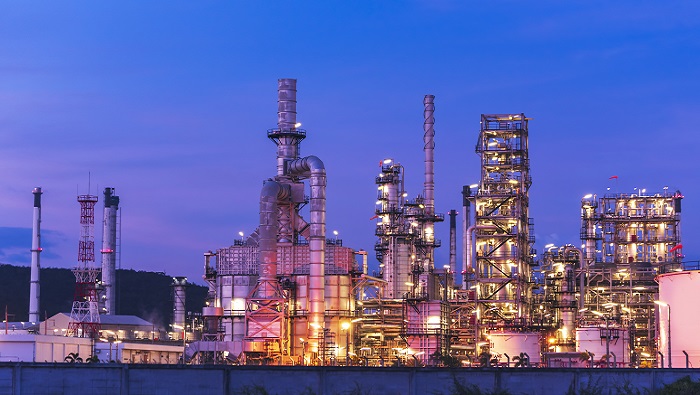
Co-Author Lynn Lupori
Head of Consulting, North America View profile
Prior to 2017, electrodes were barely of interest even to those who depended on them; years of plentiful supply and low, stable prices meant annual negotiations were simply routine paperwork. Yet in 2017, electrode prices surged by 1500% to reach $40,000/t at their peak. By September, spot prices had slumped to a mere $11,000 for UHP grade electrodes.
Is this a sign that the market is correcting? Or a temporary reprieve? This question is at the forefront of electrode consumers’ minds as they prepare for annual contract negotiations in the upcoming months, weighing whether to stock up while spot prices have eased, or wait and hope for more favourable contract price terms.
To assess the future direction of electrode prices, we need to reconsider what caused the 2017 price spike. In CRU’s view, the closure of electrode and needle coke plants, leading to limited supply were the primary drivers of 2017’s high electrode prices, rather than demand increases or higher needle coke costs. It is worth noting that global EAF steel production* in 2017 was at the same level as EAF output in 2007; while electrode prices also increased during 2007-2008, price levels peaked around $5,000/t, far lower than prices seen recently.
Since the panic of late 2017, the start-up of new graphite electrode and needle coke capacity in China and agreement of annual or multi-year electrode supply contracts has taken some heat out of the market, yet several tailwinds still exist:
EAF steel production is increasing
The biggest electrode consuming sector has been on the rise in 2018, increasing demand for higher quality UHP-grade electrodes. The increase in EAF output has been driven both by a switch from BOF to EAF steelmaking in China and rising steelmaking in EAF-dominant regions such as the USA, South East Asia and the Middle East.
Needle coke availability remains a concern
As the major raw material used in graphite electrode manufacturing, limited supply could push up needle coke prices and restrict electrode production. The key risks to needle coke supply are as follows:
- New needle coke facilities are still in ramp-up mode: high volumes of adequate quality needle coke are not yet being produced.
- MARPOL 2020: upcoming restrictions on the sulphur content of fuel oil for ships could tighten supply of decant oil – the main feedstock for oil-based needle coke.
- The lithium-ion battery market is growing: needle coke remains a preferred raw material in the production of graphite anodes for lithium-ion batteries (LIBs). While the quality of needle coke used in LIBs and electrodes differs, sales to the LIB sector reduce the quantity of needle coke available for the electrode industry.
CRU’s upcoming 2018 Graphite Electrode Market Outlook will explore all these topics and includes a 10-year forecast of electrode demand, supply and prices.
On 27 September 2018, we will host a webinar to present insights from primary research conducted in China and North America, and how this has helped develop our view of this constantly changing market.
To join view our Graphite Electrode Market Outlook 2018 webinar, please get in touch.
To find out more about the 2018 Graphite Electrode Market Outlook report from CRU, available from 12th October 2018, please contact marketing@crugroup.com.
Endnotes:
World EAF production excluding India and China, which are largely self-sufficient in electrodes.
Explore this topic with CRU
Co-Author Lynn Lupori
Head of Consulting, North America View profileThe Latest from CRU

Decarbonisation will reshape global steel trade flow
CRU’s Steel Long Term Market Outlook presents comprehensive analysis of global steel trade flows until 2050. Decarbonisation will play a significant role in redefining...


